INDIAN ARMED FORCES CHIEFS ON OUR RELENTLESS AND FOCUSED PUBLISHING EFFORTS

The insightful articles, inspiring narrations and analytical perspectives presented by the Editorial Team, establish an alluring connect with the reader. My compliments and best wishes to SP Guide Publications.

"Over the past 60 years, the growth of SP Guide Publications has mirrored the rising stature of Indian Navy. Its well-researched and informative magazines on Defence and Aerospace sector have served to shape an educated opinion of our military personnel, policy makers and the public alike. I wish SP's Publication team continued success, fair winds and following seas in all future endeavour!"

Since, its inception in 1964, SP Guide Publications has consistently demonstrated commitment to high-quality journalism in the aerospace and defence sectors, earning a well-deserved reputation as Asia's largest media house in this domain. I wish SP Guide Publications continued success in its pursuit of excellence.
- Indian Air Force Aims for Full Indigenous Inventory by 2047 — Air Chief Marshal A.P. Singh
- General Upendra Dwivedi takes over as the Chief of the Army Staff
- Rajnath Singh assumes charge as Defence Minister for the second consecutive term
- Admiral Dinesh K. Tripathi assumes Command of the Indian Navy as 26th Chief of the Naval Staff
- Prime Minister witnesses 'Bharat Shakti' – a Tri-Services Firing and Manoeuvre Exercise in Pokhran, Rajasthan
Critical Review of LCA Tejas
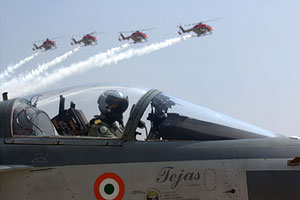
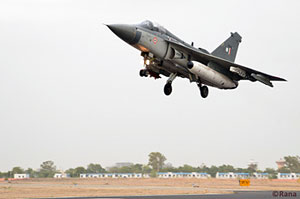
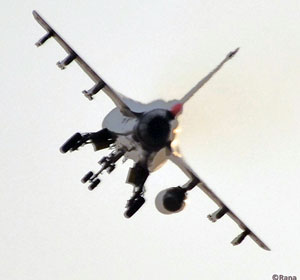
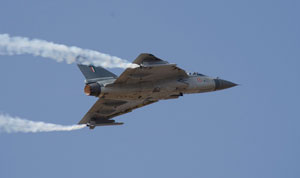
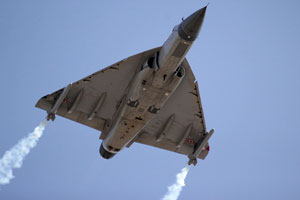
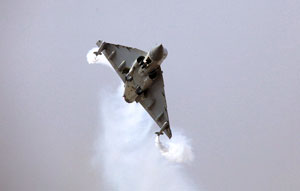
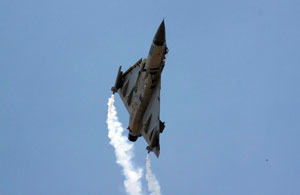
In an insightful paper on the aircraft and lessons learned from it, Air Commodore K.A. Muthana has delved into never before areas that could prove to be crucial for future development programmes—including higher defence management, clarity on standards, clarity on path certification, clarity on agencies involved, involvement of the Indian Air Force from the ab initio stage (which he observes was absent), evaluation of prototypes and, crucially, the process of transition from design to manufacture. As an individual who perhaps knows the Tejas as a machine better than anyone else from a pilot's perspective, the paper could prove to be the beginnings of a more elaborate review of the Tejas programme at large, and feed into future developments like the all important Tejas Mk.2 and the futuristic AMCA. Says Air Cmde Muthana in his paper, "The Indian light combat aircraft (LCA) was conceived in the early 1980s and is now on the threshold of entering squadron service. The legacy of this aircraft’s development has resulted in true challenges to deployment being faced at a very late stage. There are even insinuations that this aircraft has been more of a success to the scientists in lab coats than to the war fighter in flight suits. True; this fine aircraft has been hostage to a series of systemic shortcomings. There are significant lessons here for the Indian aviation industry. It is vitally important that these lessons are imbibed in order to move forward coherently in building a strong aeronautics industry in this country." He ends by saying, "Tejas is a wonderful flying machine. It deserved to be in squadron service years ago. Remedial action on many of the shortcomings commented upon, if implemented even now, will favorably impact timelines for IOC and FOC of the Tejas Mk 1 aircraft. Favourable impact on Tejas Mk 2 and other future programmes will be enormous."





